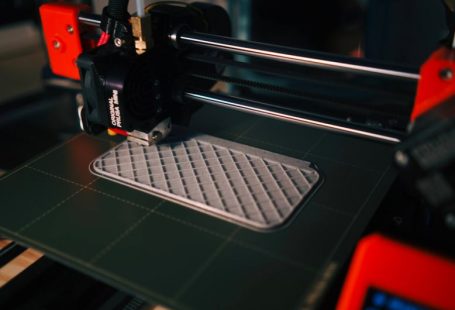In today’s fast-paced world, the need for compact and powerful computing devices has grown significantly. Micro PCs have emerged as a popular choice for individuals and businesses looking for a portable yet efficient solution. Choosing the right micro PC for your needs can be a daunting task, given the variety of options available in the market. In this article, we will explore the key factors to consider when selecting a micro PC that suits your requirements.
Understanding Your Usage Requirements
Before diving into the world of micro PCs, it is essential to assess your specific usage requirements. Are you a student in need of a device for note-taking and research? Or are you a professional who requires a micro PC for graphic design or programming tasks? Understanding your usage requirements will help you narrow down your options and choose a device that aligns with your needs.
Operating System Compatibility
One of the primary considerations when selecting a micro PC is the operating system it runs on. The most common operating systems for micro PCs are Windows and Linux. Windows is widely used and offers a user-friendly interface, making it a popular choice for individuals who are familiar with the Windows ecosystem. On the other hand, Linux is preferred by tech-savvy users who value customization and open-source software. Choosing an operating system that you are comfortable with is crucial to ensure a seamless user experience.
Processor Performance
The processor is the brain of any computing device, and it plays a crucial role in determining the performance of a micro PC. When selecting a micro PC, consider the processor’s speed, number of cores, and cache size. For basic computing tasks such as web browsing and document editing, a dual-core processor with a clock speed of around 2.5 GHz is sufficient. However, if you plan to use demanding applications or multitask heavily, opt for a quad-core processor with a higher clock speed for smoother performance.
Memory and Storage Capacity
Memory (RAM) and storage are two essential components that impact the overall speed and performance of a micro PC. The amount of RAM determines how many applications you can run simultaneously without experiencing lag or slowdowns. For everyday tasks, a micro PC with 4-8 GB of RAM is adequate. If you work with large files or run memory-intensive applications, consider opting for a micro PC with 16 GB of RAM or more.
In terms of storage, solid-state drives (SSDs) are preferred over traditional hard disk drives (HDDs) for their faster read/write speeds and reliability. SSDs come in varying capacities, ranging from 128 GB to 1 TB or more. Choose a storage capacity that meets your needs and allows for future expansion if required.
Display and Connectivity Options
The display size and resolution of a micro PC are important considerations, especially if you plan to use the device for multimedia or design-related tasks. A larger display with a higher resolution offers a more immersive viewing experience and allows for better multitasking. Additionally, check the connectivity options available on the micro PC, such as USB ports, HDMI, and headphone jacks, to ensure compatibility with your existing peripherals.
Choosing the Right Form Factor
Micro PCs come in various form factors, including mini desktops, stick PCs, and mini laptops. The form factor you choose depends on your preferences and intended use case. Mini desktops offer more customization options and are ideal for users who require a powerful computing solution with upgradeability. Stick PCs are ultra-portable and can be plugged directly into a monitor or TV, making them suitable for entertainment purposes or basic computing tasks on the go. Mini laptops combine portability with performance and are a versatile choice for users who need a compact yet capable device.
Conclusion: Finding Your Perfect Match
Selecting the right micro PC for your needs involves a careful assessment of your requirements, considering factors such as operating system compatibility, processor performance, memory and storage capacity, display options, connectivity, and form factor. By understanding these key considerations and prioritizing what matters most to you, you can find the perfect match that meets your computing needs and enhances your productivity. Whether you are a student, professional, or casual user, choosing a micro PC that aligns with your preferences and usage requirements is essential for a seamless computing experience.





